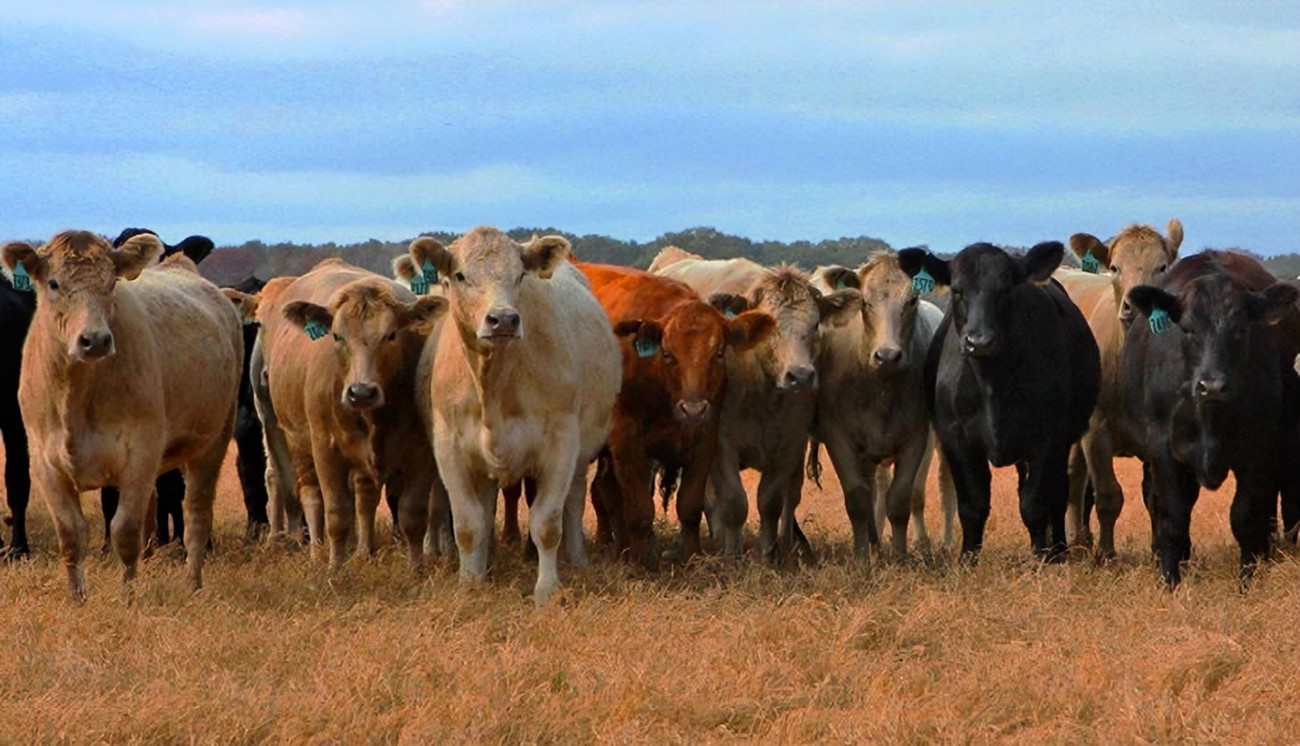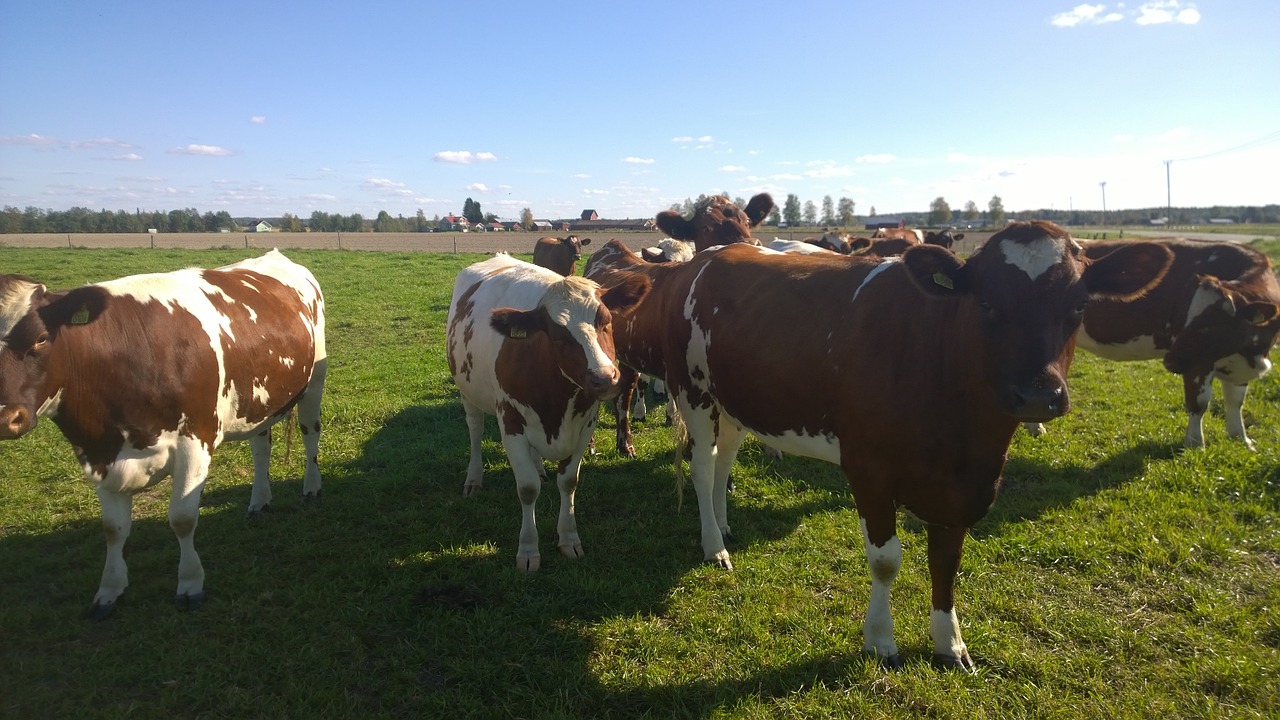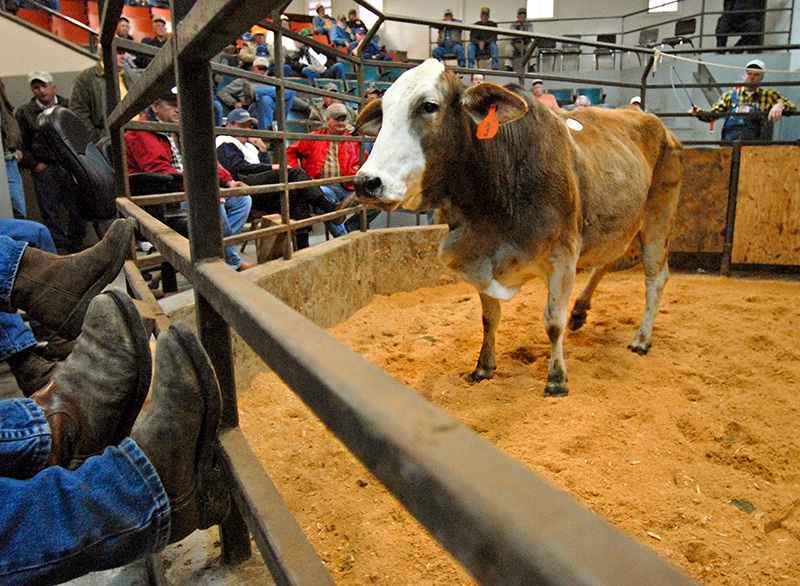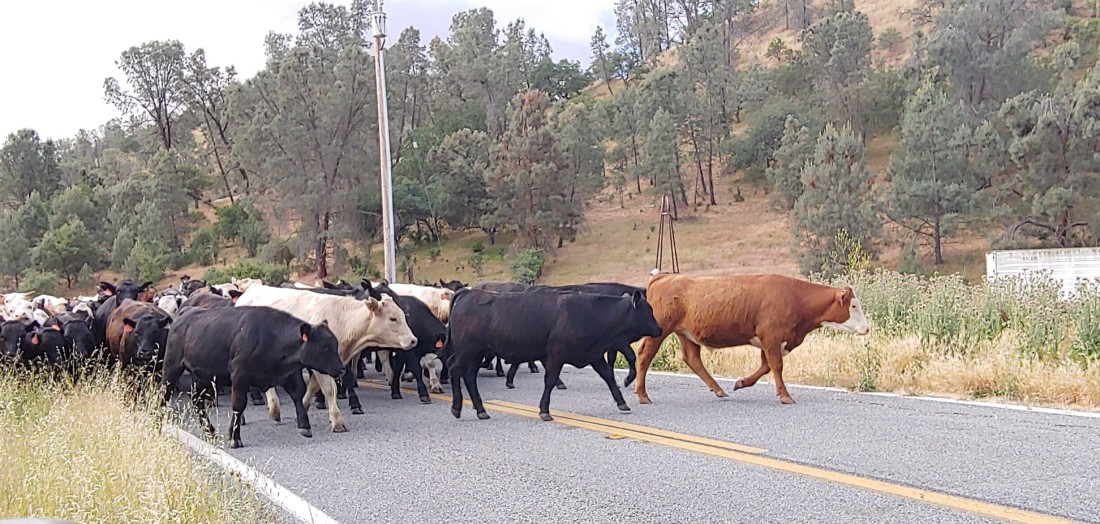The Cattle Industry in Alabama
The Cattle Industry in Alabama is one of the main strengths of agriculture in the state, and over the years has undergone numerous transitions.
This includes breeding techniques, the raising methods, as well as the overall ownership.
However, it is this diversity in both owners and their practices that have helped to contribute to their success.
In fact, beef cattle production ranks second only to chickens, for total cash receipts for farm commodities.
In 2021, it is estimated that cattle producers sold over $ 390 million worth of cattle and calves, that year alone.
Alabama’s climate is ideal for growing forages and the raising cattle, and because of this, it has become a $ 2.5 Billion industry.
According to the Alabama Agriculture Statists Service, as of the first of 2021, the were a whooping 1,290,000 head of both cattle and calves on the farms in the State.
However, nationally, cattle numbers have decreased by over 94 million head, which is down about 1% from the year 2020.
On the reverse side of those numbers, the weights of the cattle have steadily increased, an estimated 500 pounds average, to over 800 pounds since the year 2017.
This results in much more beef being processed and sold, and these heavier cattle are producing leaner beef, which is exactly what the public wants.
The History of The Cattle Industry in Alabama
 Cattle Herd in Alabama
Cattle Herd in AlabamaCattle of any kind were not indigenous not only to the state, by the entire Western Hemisphere, until they were brought here by early European settlers.
Then in the late 16th century, Spanish missionaries introduced cattle raising to the America Indians in the Southeastern part of what would become the United States.
By the late 17th century, it was underway in what would become Alabama, and the first documented cases showed up in the Mobile Bay early settlements.
Then, by the18th century, a dramatic increase occurred in the Southeast overall, and the Cherokees of northeastern Alabama, started to raise cattle as food.
By the time of the American Revolution, the Mobile area residents as well as numerous Indian villages, owned hundreds of herds.
After Alabama gained statehood in 1819, Anglo-Americans flooded into the area, and dominated cattle breeding and raising.
In those days, open-range herding was widespread, and cattle were branded or mark to prove ownership.
During the Civil War, pork was much more popular than beef in the typical southern diet, but the small farmers loved their cattle as well, and the birth of the Cattle Industry in Alabama had begun.
In these earlier times, cattle served four key functions for farmers and their families including the following.
- A Source of Meat
- A Source of Dairy Products
- Producers of Fertilizer
- Suppliers of Leather, Tallow, and other products
The Cattle Industry in Alabama and the Civil War
 Cows Grazing in Field
Cows Grazing in FieldBy the mid-19th century, “gentlemen” farmers dominated this business, and brought in purebred herds such as Herefords, Shorthorns, as well as DeVon’s, to improve the bloodlines in common herds.
However, with the onset of cotton plantations and production, cattle raising declined, and then the Civil War hit it very hard.
As families became hungry their herds were sold off or were confiscated by the Northern Military.
Because of this, for the last of the 19th and early 20th century, the cattle in industry slowed way down.
Horses and mules now served as work horses and replace the cattle-byproducts, and by the turn of the 20th century, cattle were used as only sources of milk and meat.
The Modern Changes to The Cattle Industry in Alabama
 Cow Auction
Cow AuctionAfter the Civil War, things changed and set the tone for today’s modern cattle-raising.
One of the first things to change was the open range concept, as influential farmers did not want to fence hundreds of acres of crops to protect them.
They also did not want purebred cows to breed with the “scrub bulls”, and this brought into play the Alabama legislature.
In the year 1866, they designed the state’s first closed-range area, called the Canebrake Agricultural District, located in the Black Belt region.
This banned both cattle as well as hogs, but open ranges still continued in the southern part of the state.
“Stock Law” was implemented, and was very controversial in the beginning, as it was viewed as a tool of the elite, to suppress poor farmers and tenants.
However, they did help to transform the countryside, and the state and federal governmental agencies helped to modernize cattle raising in Alabama.
In 1872, the state legislature established the Agricultural and Mechanical College of Alabama, at Auburn, and this set the tone for the decades to follow.
In 1885, the Canebrake Experiment Station was founded, and was partially funded by the Hatch Act of 1887, which provided detailed information on pasture grasses, as well as cattle feeding and breeding.
In the year 1914, the federal and state governments established the Cooperative Extension System, coordinated by land-grant universities in the state.
The Black Belt region again became leader in cattle raising, and in 1918 the Union Stock Yards opened in Montgomery.
This opened up a much-needed large local market and the cattle industry continued to grow.
The Cattle Industry in Alabama Today
 Cows Crossing Road
Cows Crossing RoadIn the year 2016, there were more than 17,000 Alabama farmers, and they sold a whopping $ 558 million in cattle and calves.
This ranks second only to poultry sales in the state, and today there are an estimated 1.2 million cattle,
The value of cattle farms in 2022 was $2.4 billion, and over 750,000 acres of hay were harvested to feed them.
As of today, the Cattle Industry in Alabama ranks 23rd of all states in the number of cattle, and 8th with the number of farms with beef cattle.
This industry is alive, thriving, and a huge part of the state’s economy.
References
Beef Cattle Industry | Encyclopedia of Alabama

Alabama Gift Store
Numerous Items for You and Your Family to Enjoy
See it here at the Gift Store
Copyright 2019-2023 Alabamabackroads.com
All Rights Reserved
















